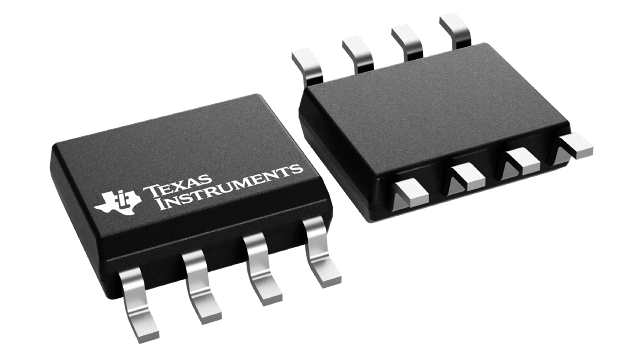Información de empaque
| Encapsulado | Pines SOIC (D) | 8 |
| Rango de temperatura de funcionamiento (℃) -40 to 125 |
| Cant. de paquetes | Empresa de transporte 75 | TUBE |
Características para OPA2132
- A newer version of this device is now available: OPA2156
- FET input: IB = 50pA Maximum
- Wide bandwidth: 8MHz
- High slew rate: 20V/µs
- Low noise: 8nV/√Hz (1kHz)
- Low distortion: 0.00008%
- High open-loop gain: 126dB (2kΩ load)
- Wide supply range: ±2.5V to ±18V
- Low offset voltage: 500µV maximum
- Single, dual, and quad versions
Descripción de OPA2132
The OPA132, OPA2132, and OPA4132 (OPAx132) series of FET-input operational amplifiers provides high speed and excellent dc performance. The combination of high slew rate and wide bandwidth provide fast settling time. The single, dual, and quad versions have identical specifications for maximum design flexibility. High-performance grades are available in the single and dual versions. All are an excellent choice for general-purpose, audio, data-acquisition, and communications applications, especially where high source impedance is encountered.
The OPAx132 operational amplifiers are easy to use and free from phase inversion and overload problems often found in common FET-input operational amplifiers. Input cascode circuitry provides excellent common-mode rejection and maintains low input bias current over the wide input voltage range. The OPAx132 series of operational amplifiers are stable in unity gain and provide excellent dynamic behavior over a wide range of load conditions, including high load capacitance. Dual and quad versions feature completely independent circuitry for lowest crosstalk and freedom from interaction, even when overdriven or overloaded.
The single version is available in 8-pin SOIC surface mount package, the dual version is available in 8-pin DIP and SOIC surface-mount packages. The quad version is available in SOIC surface-mount packages. All are specified for –40°C to +85°C operation.
The OPA2156 is a next-generation version, offering lower broadband noise (3nV/√Hz), wider bandwidth (25MHz), and rail-to-rail inputs.
